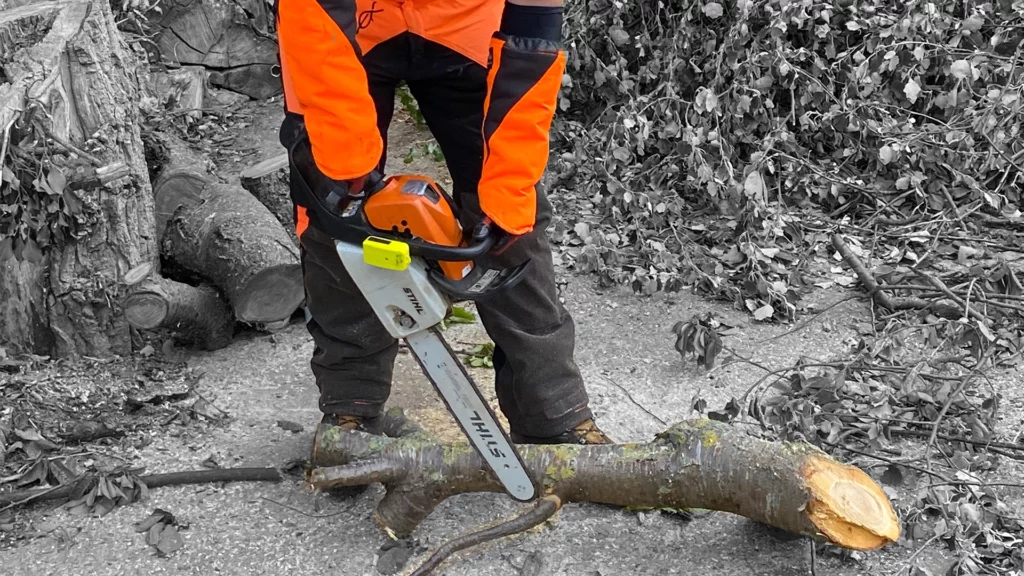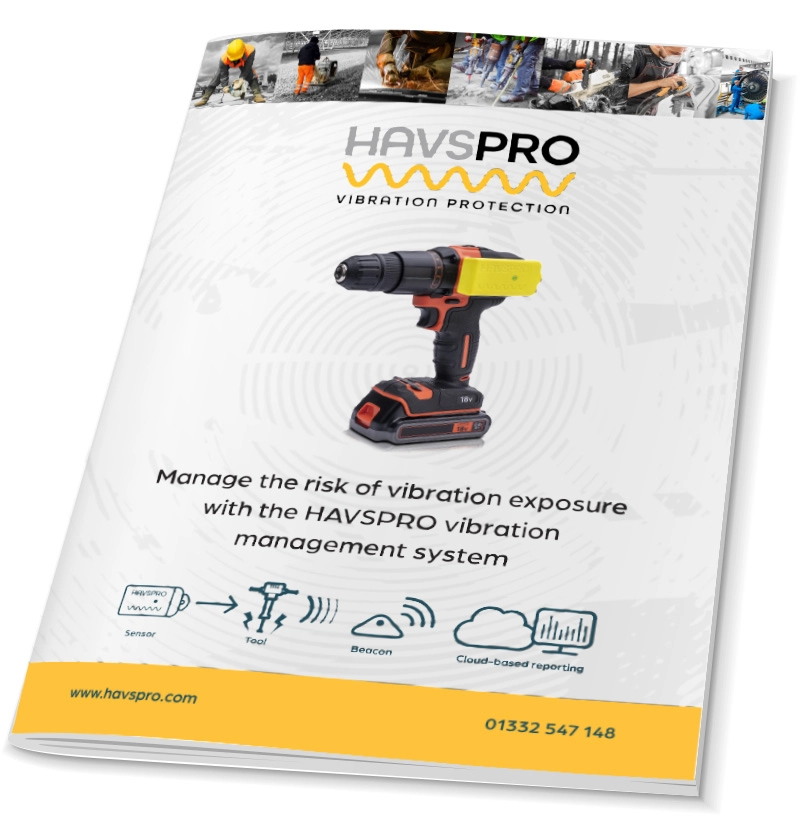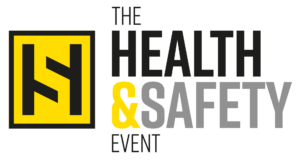The Control of Vibration at Work Regulations 2005 aim to ensure that individuals do not experience harm to their health due to hand-arm vibration. Therefore, your primary focus as an employer, should be on managing and mitigating the risks associated with exposure to hand-arm vibration.
Whenever there is exposure to hand-arm vibration exceeding the EAV (Exposure Action Value), it is essential to seek alternative processes, equipment, or work methods that can either eliminate or reduce this exposure or minimize the duration of exposure. In addition to take measures to protect employers from exposure, it is crucial to stay informed and up to date about the best practices for vibration control specific to your industry.
Whenever feasible, you should implement measures to mitigate vibration risks that are reasonably achievable. However, in cases where vibration exposures remain below the Exposure Action Values (EAV), the associated risks are generally low, and you are only expected to undertake cost-effective and straightforward actions.
If your assessment indicates that your employees are likely to be exposed at or above the Exposure Action Values, it is imperative to establish a structured program for vibration control.
How do I use the information from my risk assessment?
When you have identified who is at risk, you need to decide how you can reduce the risks. You must take all reasonable actions to control the risk. First, prepare an action plan and deal with the high-risk work tasks. Then address the medium and lower-risk activities.
Ways to control the risks Alternative work methods
- Look for alternative work methods which eliminate or reduce exposure to vibration. Your trade association, other industry contacts, equipment suppliers and trade journals may help you identify good practice in your industry.
- Mechanise or automate the work.
Example: Use a breaker attachment on an excavating machine to break concrete rather than using a hand-held breaker.
Equipment selection
- Make sure that equipment selected or allocated for tasks is suitable and can do the work efficiently. Equipment that is unsuitable, too small or not powerful enough is likely to take much longer to complete the task and expose employees to vibration for longer than is necessary.
- Select the lowest vibration tool that is suitable and can do the work efficiently.
- Limit the use of high-vibration tools wherever possible.
Example: To cut large holes in brickwork, use a diamond-tipped hole-cutting drill bit with a rotary action rather than a tungsten-tipped hole bit which requires rotary and hammer action.
Purchasing policy for replacing old equipment and tools
Work equipment is likely to be replaced over time as it becomes worn out, and it is important that you choose replacements, so far as is reasonably practicable, which are suitable for the work, efficient and of lower vibration.
- Check with suppliers that their equipment is suitable and will be effective for the work, and ask for information on any training requirements for safe operation.
- Find out about the equipment’s vibration reduction features and how to use and maintain the equipment to make these features effective.
- Make sure your organisation has a policy on purchasing suitable equipment, taking account of vibration emission, efficiency and your specific requirements.
- Train purchasing staff on the issues relating to vibration so that they can deal effectively with equipment suppliers.
Tool Maintenance
- Introduce appropriate maintenance programmes for your equipment to prevent avoidable increases in vibration (following the manufacturer’s recommendations where appropriate).
- Do not use blunt or damaged tools, so that equipment is efficient and keeps employee exposure as short as possible.
Work schedules
- Limit the time that your employees are exposed to vibration.
- Plan work to avoid individuals being exposed to vibration for long, continuous periods – several shorter periods are preferable.
- Where tools require continual or frequent use, introduce employee rotas to limit exposure times (you should avoid employees being exposed for periods which are long enough to put them in the high risk group (see ‘High risk (above the ELV)’).
Appropriate Clothing
- Supply your employees with appropriate protective attire as needed to ensure they remain warm and dry. This practice will promote healthy blood circulation and contribute to safeguarding them against the onset of vibration white finger.
- Gloves can be used to keep hands warm and promote circulation but it should be noted that they provide not protection from vibrations.
How do I know if the steps I have taken to control risks are working?
It can be difficult, time consuming and complicated to monitor vibration levels, but HAVSPRO provides a simple, accurate and cost-effective solution which keeps your operatives safe. It offers accurate guidance for risk assessments and training purposes and provides robust defence should your business face litigation. With our continuous monitoring system, you can accurately monitor and track the vibration levels each individual team member is exposed to and even identify any rouge tools emitting more vibrations than they should.
Our tool mounted monitoring technology’s, sends all of the information gathered to the HAVSPRO a bespoke dashboard, designed to provide easy-access information at a glance. The reporting dashboard is fully customisable to allow operators, supervisors and managers the option to see the data that is valuable to them.
The reporting dashboard allows employers to:
- monitor the vibration levels each employee is exposed to on a daily basis
- act before vibration levels become to high
- rotate tools to reduce impact and wear and tear
- increase efficiency of tools and resource planning
- receive texts and email alerts when EAV and ELV exposure levels are breached
- track location and usage data for tools
Find out everything you need to know in our brochure – simply complete the form!



